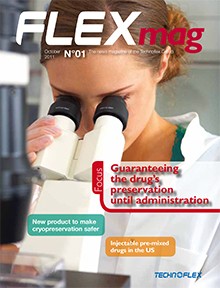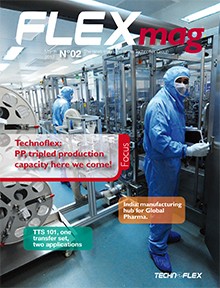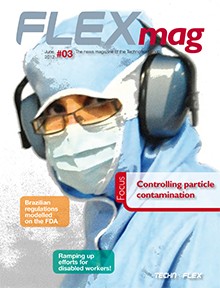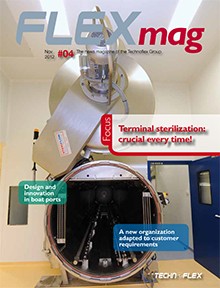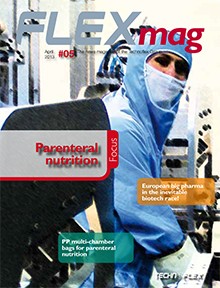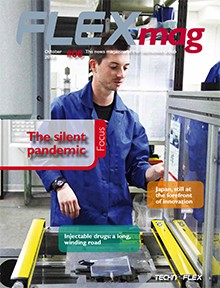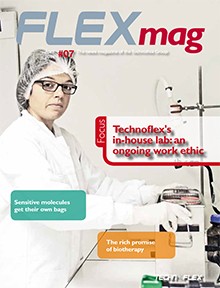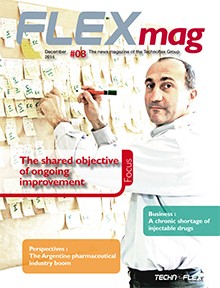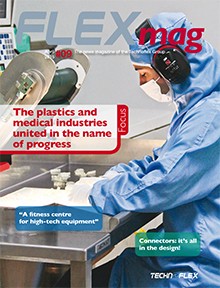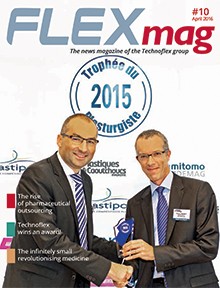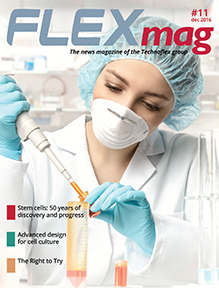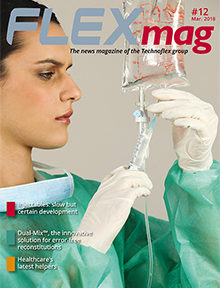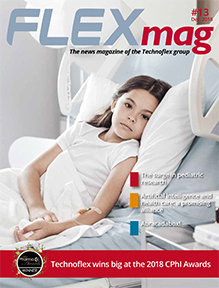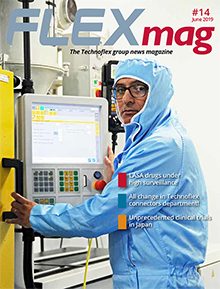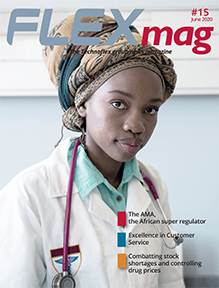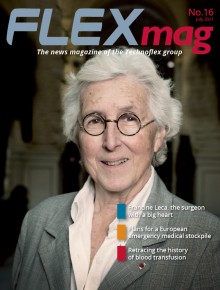The three terminal sterilization processes
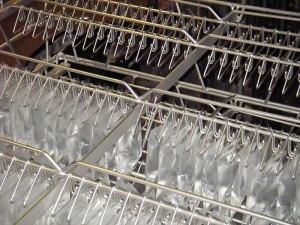 Air-vapor autoclaves, with a ventilation system that drives the fluid flow, are commonly used in the pharmaceuticals industry. The solutions are heated by directly injecting saturated vapor into the sterilization chamber. The autoclave’s internal heat exchangers are filled with chilled water and the flow of cold air cools down the load.
Air-vapor autoclaves, with a ventilation system that drives the fluid flow, are commonly used in the pharmaceuticals industry. The solutions are heated by directly injecting saturated vapor into the sterilization chamber. The autoclave’s internal heat exchangers are filled with chilled water and the flow of cold air cools down the load.
The two other terminal sterilization processes, which use stream or spray autoclaves, involve spraying the load with water. After being superheated in the heating phase, the water is chilled in the cooling phase. The only notable difference between these systems lies in the fact that, in the former, the fluids are dispersed by gravity, while, in the latter, the water is sprayed by jets.
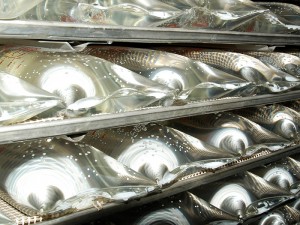 Each system has its subtle differences when it comes to installing the load. Tiling consists in stacking the bags on the sterilization trays in an air-vapor autoclave. Enough space must be left between the trays to allow the vapor to circulate optimally. This technique cannot be used in spray or stream autoclaves, because the stacked bags interfere with the free flow of the heating fluids. In these cases, the bags are placed side by side on the trays.
Each system has its subtle differences when it comes to installing the load. Tiling consists in stacking the bags on the sterilization trays in an air-vapor autoclave. Enough space must be left between the trays to allow the vapor to circulate optimally. This technique cannot be used in spray or stream autoclaves, because the stacked bags interfere with the free flow of the heating fluids. In these cases, the bags are placed side by side on the trays.
Sylvie Ponlot



